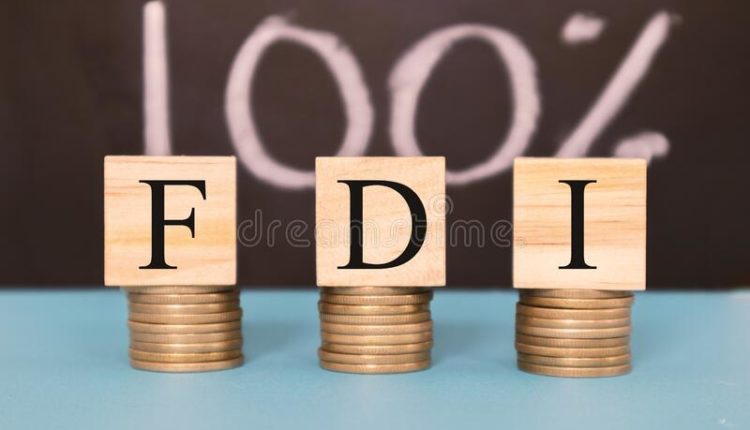Ghana has received US$12.5 billion in foreign direct investment (FDI) from 2016 to 2020, according to the World Investment report by the UN Conference of Trade and Development, UNCTAD.
Of the total amount, FDI inflows in 2020 was US$1.9 billion representing a 15.2 per cent of the total FDIs into Ghana over the period.
In terms of FDI outflows a total of GHS1.16 billion was received over the same period, with outflows in 2020 decline to US$542 million from US$588 million in 2019.
Albeit, this made up 46.68 per cent of total FDI outflows over the period.
From the UNCTAD data, inflows were highest in 2019, representing US$3.9 billion, whereas inflows were at the lowest in 2020. Comparatively, outflows from Ghana were also highest in 2019. However, prior to 2019, outflows from Ghana had been low, rising from US$15 million in 2016, US$16 billion in 2017 and US$81 billion in 2018.
That notwithstanding, some of the funds into Ghana, particularly, in 2020 were in the form of sovereign wealth funds.
During the pandemic, these funds were called on to offset widening budget gaps to backstop the economic and financial impacts of the crisis.
Reported drawdowns were widespread, ranging from large funds such as in Qatar, the Russian Federation, Singapore and Norway, where nearly 5 per cent of the Government Pension Fund Global’s capital was earmarked for fiscal support, to countries that are far less resourced and Ghana was a beneficiary of these funds.
Sources of FDI flows to Ghana
Moreover, Ghana also secured financial assistance from Official Development Assistance (ODA). With this medium, Ghana’s Government received investments from the Government of the United Kingdom.
Essentially, this was to support the pharmaceutical sector by building private sector capacity and creating new partnerships for vaccines production, addressing vulnerabilities in supply chains and improving manufacturing practices.
More so, close to half of the FDI to Ghana was in manufacturing, whereas the services and mining sectors accounted for 25per cent and 16 per cent of foreign investment, the report indicates.
China’s footprint in Ghana in terms of FDI inflows has been enormous over the years, and more specifically during the Covid-19 pandemic. According to the report, China numbered among four other countries- Australia, Netherlands, South Africa, and United Kingdom as major sources of investments to Ghana.
Also, FDI inward stock, which represents the value of foreign investors’ equity in and net loans to entreprises resident in Ghana indicate a sustained increase within the last 30 years. In the year 2000, total FDI inward stock in Ghana was US$1.6 billion, this value increased ten times more in 2010 to US$10.1 billion and another four times increase in 2020 to as high as US$41.9 billion.
In terms of FDI outwards stocks from Ghana to other countries, given data available for only 2010 and 2020, the value increased from US$83 million to US$1.6 billion in 2020. It is with no doubt that FDI flows into the country has improved Ghana’s growth prospects. Essentially, the performance of FDI is likely to have contributed to Ghana’s pre-pandemic growth rate of 7 per cent in 2019.


Comments are closed.